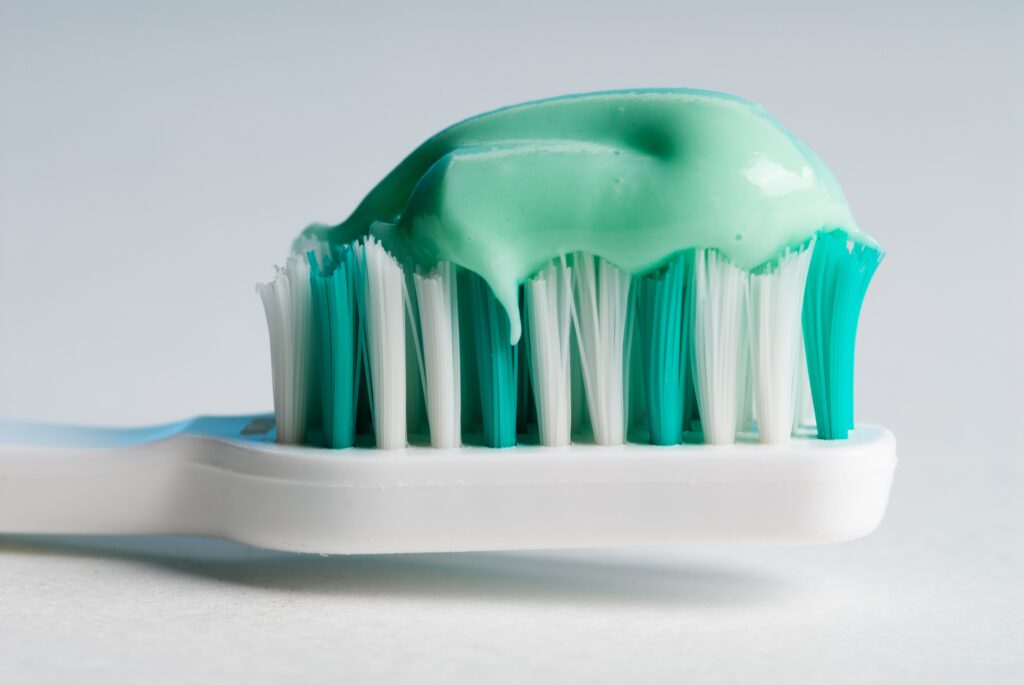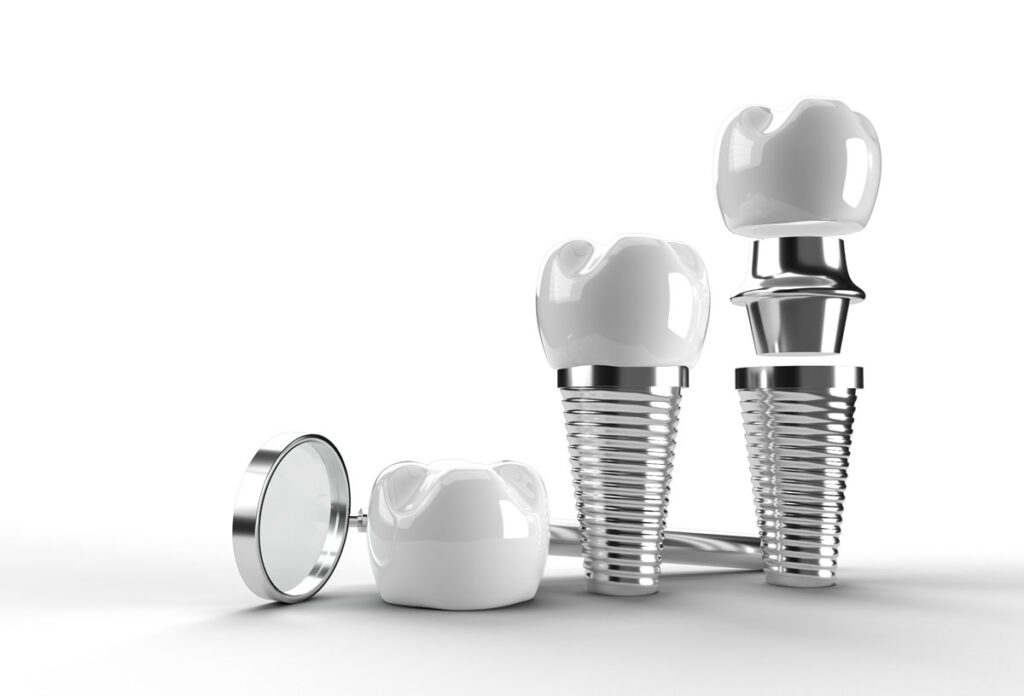If you’ve ever had a cavity, you’ve probably had a tooth filling. Paying for dental fillings, especially if you need multiple, can be tough, particularly if you have no dental insurance. However, it is possible. Use this guide for information about how much tooth fillings cost without insurance, what types of fillings you might get to fill a cavity, and a cost breakdown for how much these same fillings cost with a dental savings plan.
How Much Does a Tooth Filling Cost?
Toothaches or other dental pains are often a sign of a cavity. In instances like this, they will often need a filling. If you’re in this situation, you might be wondering, “how much does a filling cost?” Below, we’ll go over the costs for fillings with and without insurance.
How Much Does a Filling Cost With Insurance?
Having dental insurance can be a great way to save on dental procedures, such as getting a cavity filled. On average, the cost of a filling with insurance can be around $132 for an amalgam filling, which is often the cheapest filling option, with most insurance plans covering between 50 and 80 percent of the cost of your teeth fillings. With a dental savings plan, such as 1Dental’s Care 500 plan, it can bring the average cost of a filling down to under $100.
However, if you have dental insurance, the amount you pay depends on whether you paid your deductible. For example, if you have a $400 deductible that you haven’t met yet, and your filling costs $200, you will have to pay the entire $200. However, if you’ve met your deductible and your dental insurance covers 20 percent, you can expect to pay $160 for a filling.
How Much Does a Filling Cost Without Insurance?
On average, a tooth filling can cost anywhere from $150 to $530 without insurance. There are different types of fillings and average prices for each depending on the area you live in. Learn more about the best savings at general dentists and see exact pricing in your area with the Care 500 Series Plan or see the best savings at specialists with the Dental Access Plan (powered by the Aetna Dental Access network).
Why Do I Need to Get a Filling?
Your dentist may recommend a filling for several reasons, including:
- You have tooth decay – the most common culprit – and need a cavity filling.
- You have a cracked or broken tooth that needs to be repaired.
- You bite your nails, which has worn down on your teeth.
- You experience bruxism, or tooth grinding, also causing wear and tear on your teeth.
- You are consistently using your teeth to open things. This can cause damage to your teeth—at worst, chipping or breaking your teeth.
Tooth Filling Cost Factors
Not every cavity or cracked tooth is the same, which is why cavity filling costs may vary. Understanding the factors that affect tooth filling costs can help you potentially find the best pricing. Some tooth filling cost factors include:
- The number of cavities that need a filling
- The size of the cavity (typically described as the number of “surfaces”)
- The location of the tooth that needs filling
- The material used to fill your tooth
- The location of your dentist’s office
- Whether you need a root canal
- Whether sedation was used
- The extent of tooth decay
Types of Fillings and Their Costs
Many dentists will have fillings they prefer to use on their patients’ teeth, but there are many options to choose from. Below are five dental filling options, with a detailed explanation of their costs and some of their pros and cons.
1. Cost of Silver Amalgam Fillings
Silver amalgam fillings are similar to gold fillings in that they offer great strength and durability, but they can be purchased at a much lower price. Typically, this type of cavity filling cost can range anywhere between $50 and $400, depending on the number of amalgam fillings you need. Unfortunately, amalgam fillings are more prone to expanding and contracting on the tooth, making it more likely to crack the tooth than other types of fillings.
2. Cost of Composite Fillings
These fillings are made of a tooth-colored resin composite, so they blend in with your teeth. Composite fillings tend to be the most popular because of that feature and can cost anywhere between $150 and $550, depending on the number of teeth that need to be resurfaced. However, they are not as durable as other types of fillings, which is something to take into consideration.
3. Cost of Gold Fillings
Gold fillings can last up to 15 years because they are sturdy and non-corrosive. Many people find gold fillings more appealing than silver fillings because of how they look but can come at a high expense of anywhere between $300 and $1,800, depending on the number of fillings you need. However, these fillings can cost up to ten times more than silver fillings and more than one dental office visit to fit them properly.
4. Cost of Ceramic Fillings
Often made of porcelain, ceramic fillings are durable and look natural, but they do wear down on the opposing teeth because of their rough material. The average tooth filling cost for ceramic fillings can run anywhere between $250 and $4,500 for each procedure.
5. Cost of Glass Ionomer Fillings
These fillings are the best for children since their teeth are still changing. They tend to last less than five years, but they do their job of helping prevent tooth decay, and their cost can range between $90 and $450, depending on how many fillings are needed.
How to Save Money on a Tooth Filling
Paying for fillings can seem like an overwhelming feat after looking at the prices listed above. However, there are a few ways you can save money on a tooth filling to avoid paying those high prices. Some ways to save money on a tooth filling include:
- Preventative measures: To avoid the cost of tooth fillings, it’s important to take preventative measures for cavity protection, such as brushing and flossing regularly and scheduling regular cleanings every six or twelve months. Refer to the American Dental Association (ADA) for more cavity prevention tips.
- Cash discount: In some cases, your dentist might offer you a discount if you pay in cash rather than a credit card, which can cost the dental office extra fees.
- Payment plans: Some patients might put their dental work on a credit card, which can accrue interest over time, costing them more money. To prevent this, ask your dentist if you can set up a payment plan to pay off your dental expenses over time.
- Adjusting Treatment Plan: Rather than paying for multiple procedures at once, inquire about adjusting your treatment plan so the timing fits with what you can afford. This way your dentist can do procedures that are needed right away and put off other procedures that aren’t as urgent, giving you time to save up for your other dental procedures.
Dental Savings Plans
In addition to these tips above for saving money on tooth fillings, you can purchase a dental discount plan. Dental discount plans are membership programs that offer exclusive savings. With a dental savings plan, dentists agree to provide lower rates for members. All you have to do is pay a small annual fee, and you’ll be able to access a nationwide network of dentists with no limits, waiting periods, or exclusions. Consider a dental insurance alternative, such as the Care 500 Series Plan or Dental Access Plan (powered by the Aetna Dental Access network). These are nationwide plans that can help those without insurance save a significant amount of money at the dentist.
Conclusion
Talk to your dentist about which filling is best for you and how much that filling will cost. Some dentists are willing to work out payment plans for you. Also, consider purchasing one of our dental savings plans, like the Care 500 plan. It’ll help cut the cost for you so you can improve your oral health.
Summary: Why is Care 500 Series our best selling plan for fillings?
- See exact procedure prices online (not estimates)
- Large provider list of dentists
- Great savings at general dentists (and specialists)
- Millions of members, in business since 1979
- Plan priced at an everyday low price, starting at $119 a year
This content is not intended to be a substitute for professional dental advice, diagnosis, or treatment. Always seek the advice of your dentist with any questions you may have regarding your oral health.






